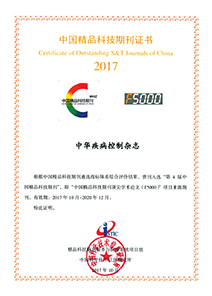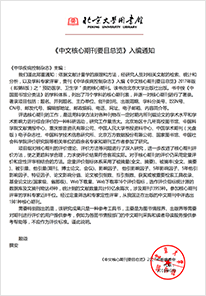2025 Vol. 29, No. 4
Display Method:
2025, 29(4): 373-377.
doi: 10.16462/j.cnki.zhjbkz.2025.04.001
Abstract:
2025, 29(4): 378-386.
doi: 10.16462/j.cnki.zhjbkz.2025.04.002
Abstract:
2025, 29(4): 393-398.
doi: 10.16462/j.cnki.zhjbkz.2025.04.004
Abstract:
2025, 29(4): 399-405.
doi: 10.16462/j.cnki.zhjbkz.2025.04.005
Abstract:
2025, 29(4): 406-413.
doi: 10.16462/j.cnki.zhjbkz.2025.04.006
Abstract:
2025, 29(4): 421-430.
doi: 10.16462/j.cnki.zhjbkz.2025.04.008
Abstract:
2025, 29(4): 431-436.
doi: 10.16462/j.cnki.zhjbkz.2025.04.009
Abstract:
2025, 29(4): 437-442.
doi: 10.16462/j.cnki.zhjbkz.2025.04.010
Abstract:
2025, 29(4): 442-448.
doi: 10.16462/j.cnki.zhjbkz.2025.04.011
Abstract:
2025, 29(4): 455-460.
doi: 10.16462/j.cnki.zhjbkz.2025.04.013
Abstract:
2025, 29(4): 461-467.
doi: 10.16462/j.cnki.zhjbkz.2025.04.014
Abstract:
2025, 29(4): 468-472.
doi: 10.16462/j.cnki.zhjbkz.2025.04.015
Abstract:
2025, 29(4): 473-480.
doi: 10.16462/j.cnki.zhjbkz.2025.04.016
Abstract:
2025, 29(4): 487-491.
doi: 10.16462/j.cnki.zhjbkz.2025.04.018
Abstract:
2025, 29(4): 492-496.
doi: 10.16462/j.cnki.zhjbkz.2024.04.019
Abstract:


 Email alert
Email alert RSS
RSS Abstract
Abstract HTML
HTML PDF
PDF





